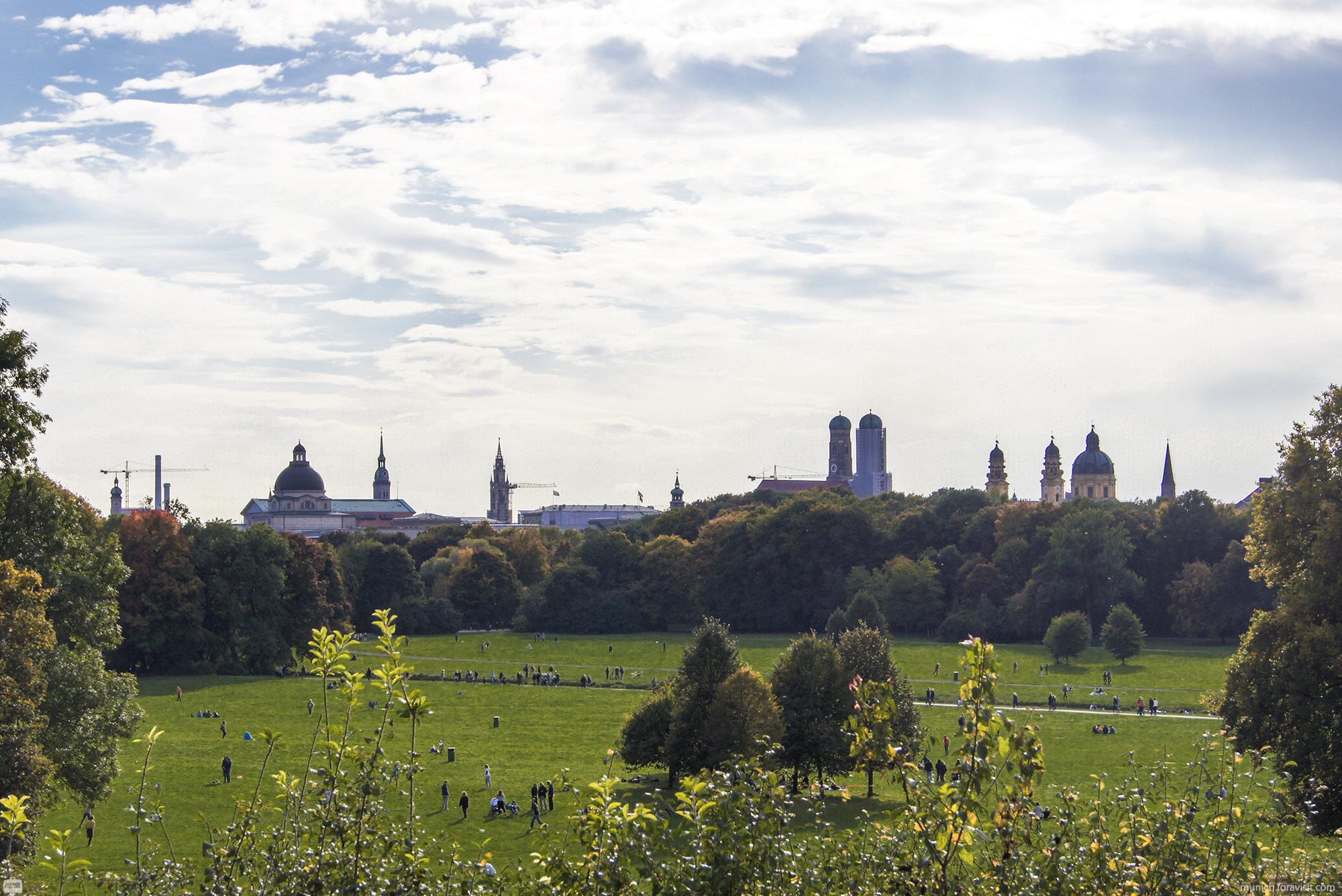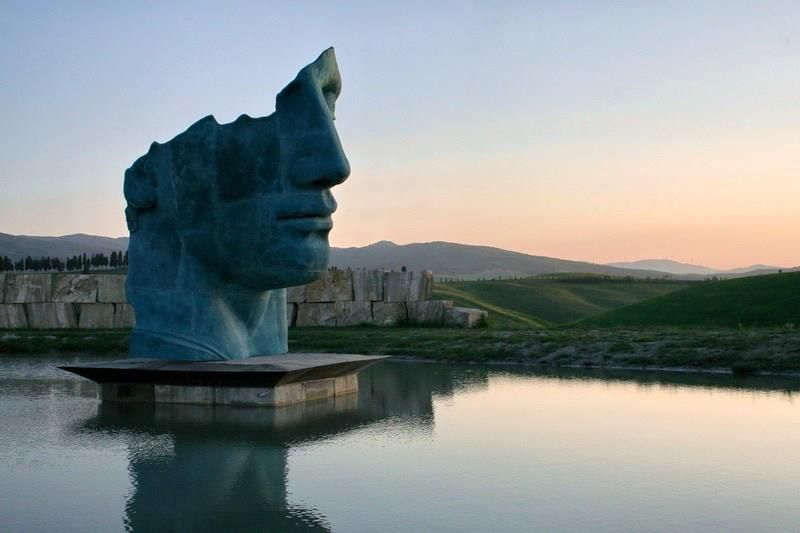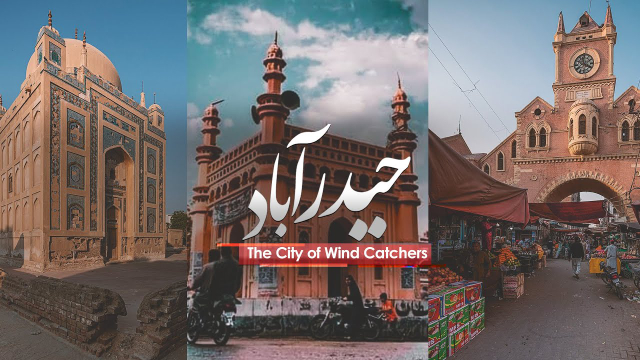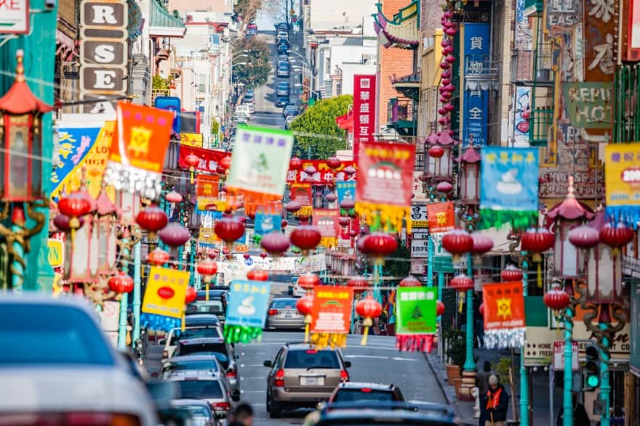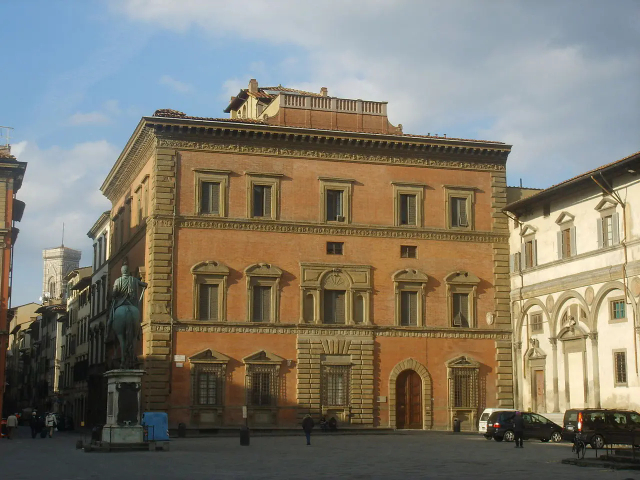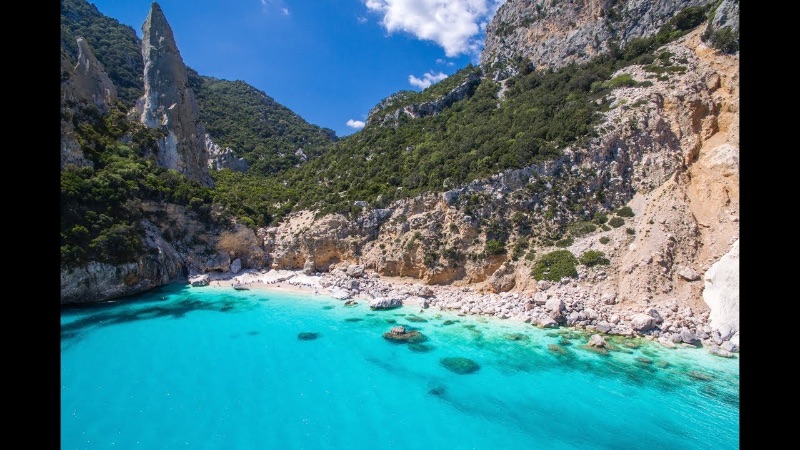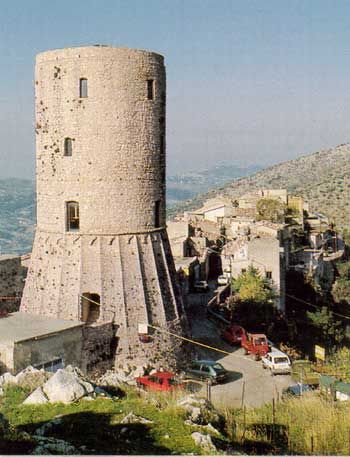Munich’s Englischer Garten-the English Garden-is the city’s green lung, a huge natural expanse stretching from the center to the suburbs. At 373 hectares, it is one of the world’s largest city parks along with New York’s Central Park and London’s Hyde Park.
The project was commissioned by Prince-Elector Karl Theodor in 1789 by American officer Benjamin Thompson (1753-1814) – later awarded the title Count von Rumford for serving as Minister of War and promoting important social reforms – while subsequent work in the early 19th century was entrusted to architect Ludwig von Sckell.
Initially used as a garden for the military, the Englischer Garten became Germany’s first public park, with large green spaces alternating with streams and ponds that established it as the Bavarian capital’s best-loved and most popular park. Electoral Prince Karl Theodor was not particularly beloved by the people, and the idea of opening a park intended for all walks of life was part of the plan to improve his popularity.
In summer, city residents and tourists stroll around, sunbathing clothed and naked: the initial area, the one near the old town and around the small stream, is dedicated to nudists. There is also bathing, the water is clean but, unless you go in the middle of summer, it is quite cold–the Bavarians don’t mind, however. A bike ride is a must, and surfers are often seen in the waterfall on Prinzregentenstraße (almost at the corner with Lerchenfeldstraße). A cult reported in all guidebooks. In winter, on the other hand, you walk through the snow and do some ice skating.
Don’t miss the Chinesischer Turm (Chinese tower), which houses one of the largest biergartens in the city, and the Monopteros, a small Greek-style temple built by Leo von Klenze, Ludwig I’s favorite architect, and from which there is an excellent view of Munich’s city center-an ideal place, especially at sunset, for a declaration of love!
Don’t forget the small Japanische Teehaus (Japanese tea house), donated to the city by the Tokyo government for the ’72 Olympics, which welcomes visitors at the park’s entrance.
